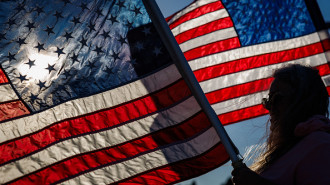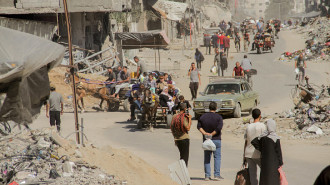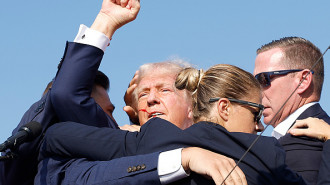Oil on troubled waters: Where are the MENA's key energy disputes?
This week Iran, Saudi Arabia and Kuwait once again butted heads over a disputed gas field in the Gulf.
The resource-rich area - known as Arash by Iranians and Durra by Arabs - falls under the joint ownership of Saudi Arabia and Kuwait. Both countries claim that Tehran has no rights to the gas field.
Last year, the two neighbouring Arab countries agreed to jointly develop the field, which was discovered in 1967 and is estimated to have total proven reserves of around 310 million barrels of oil and 20 trillion cubic feet of gas. Iran responded by calling the move illegal.
The flare up is just one of many ongoing disputes in the MENA region's energy-rich waters and lands and The New Arab has taken a look at some of the key disputed territories.
The Al-Fakkah field
The Al-Fakkah field is located in the southern Iraqi province of Maysan and the Khuzestan province of Iran. It is capable of producing upwards of 50,000 barrels per-day.
Though the oil field is one of five shared between Iraq and Iran, the site remains contentious due to a dispute between Baghdad and Tehran over the precise location of the border. In the past, Iraq has accused Iran of "horizontal drilling", claiming Tehran drills into Iraqi territory.
Under the regime of Saddam Hussein, Al-Fakkah was often used as a lightning rod for Arab nationalist sentiments and insisted that the whole field belonged to the Arab nation, with Khuzestan being home to a large number of ethnic Arabs.
Though the two countries have come to a tenuous "memorandum of understanding" over the field, in 2009 around a dozen Iranian soldiers invaded Iraq and seized well No. 4 in the Al-Fakkah field. After Iraqi outrage and a series of diplomatic interventions, the Iranian troops withdrew.
The Meged oil field
The Meged oil field has been claimed and operated by Israel since 2004. It is located along the West Bank apartheid wall, separating the occupied Palestinian Territory from Israel. Around 80 percent of the 10-km-long and 20-km-wide field is on land owned by Palestinian residents within the occupied West Bank.
Tovia Luskin, who owns the Israeli company that runs the oil field, claims he was drawn to Meged by a prophecy in the Book of Deuteronomy regarding divine blessings bestowed on the "Tribes of Israel".
The Oslo Accords signed between Israel and what would become the Palestinian Authority agreed that any disputed natural resources should be coordinated and mutual. However, Israel continues to unilaterally drill for oil in the Meged wells that lie within this occupied territories and profits from them exclusively, despite Palestinian and international objections.
Kirkuk-Ceyhan pipeline
The Kirkuk-Ceyhan pipeline was established in 1973 after an agreement between the Turkish and Iraqi governments and runs 600 miles between Kirkuk in Iraq and Ceyhan in Turkey.
The dispute erupted when the Kurdistan Regional Government (KRG) in Iraq entered the oil market in 2003, building a pipeline from the Taq Taq oil field that connected with the Kirkuk-Ceyhan line and working with local Turkish companies to export oil.
This led to the signing of an agreement between Turkey and the KRG in 2014, allowing Kurdish oil to be transported around the world through Ceyhan.
The Iraqi government quickly filed a complaint with the International Chamber of Commerce’s Court of Arbitration in Paris claiming that Turkey had violated the 1973 agreement by facilitating oil exports from Iraqi Kurdistan without Baghdad's consent.
The oil flow was effectively halted. Turkey feared it could face a fine of up to $90 billion, but in 2023 the Paris court ruled Ankara should receive a fine of just $1.5 billion.
However, the dispute is not yet settled. Baghdad formally asked the Turkish government to restart the oil flow from the pipeline, but as of today Ankara has only allowed northern exports, with analysts speculating it seeks to renegotiate the deal on better terms.
The Saudi Arabia-Kuwait Neutral Zone
The roots of this conflict lie in the hastily drawn borderas between Saudi Arabia and Kuwait by the High Commissioner of Iraq for the British Empire Percy Cox in 1922.
The 2,000 square mile plus neutral zone is an area between Saudi Arabia and Kuwait's southern border, originally established to facilitate Bedouin tribes who would wander between the two countries.
The zone was of little interest to either country until oil was discovered there in 1953. What resulted was decades of rocky relations between the two countries over ownership of the whole area or parts of the territory. This was interspersed with periods when the Gulf neighbours would work together to exploit the oil and energy resources in the zone.
The two countries seemed to have reached a breakthrough for joint exploitation of the neutral zone in 2006, but Saudi overreached claiming that only its own companies had the technology necessary to exploit the resources to their potential.
The Kuwaiti government initially agreed to a more Saudi-led approach, but voters did not. Both of the countries began separate operations again, with Kuwait objecting to Saudi endeavours and vice-versa.
There were numerous political incidents during the time over the disagreement, including reports of Saudi threats although these never came to anything. Although both countries are working together in the area, the territory's status remains unresolved.
The Heglig Crisis
After Sudan seized the disputed oil-rich border region of AbyeI in 2011, the South Sudanese armed forces attacked the Heglig oilfield in the Sudanese state of South Khordofan with the purposes of seizing the site in 2012..
This sparked a six month-long war between the two African nations, during which Heglig was seized by South Sudan and then eventually regained by Sudan. Twenty-nine civilians were killed, with many more injured.
Eventually an agreement was reached between the warring sides that left Heglig oil field in the hands of Sudan, but the agreement is a tenuous one. Abyei remains a hotly disputed territory, with both Khartoum and Juba claiming it as their own. Ethiopian troops are stationed in the area as peacekeepers.
Of all the issues that exist between Sudan and South Sudan, control of oil production is considered to be the most important, with it being a key area of revenue for both states, as well as for militia leaders.
With war spreading across Sudan, experts believe it is merely a matter of time before oil factors into the strategy of both the Sudanese army and the Rapid Support Forces (RSF).
Bir Tawil: the land that no one wants
The 1.300 square kilometres of land that comprise Bir Tawil, which sits along the Egyptian-Sudan border, emerged out of a British imperial order of 1899 that placed a special zone for the travelling of Arab Beja tribes between Sudan and Egypt.
The area is comprised of Halaib, which straddles the coast of the Red Sea, and Bir Tawil, which is effectively a valueless patch of desert. However, while both Egypt and Sudan claim Halaib as their own due to its access to the Red Sea, neither state have any claim over Bir Tawil.
With no precedent in international law for either state to claim Halaib without Bir Tawil, and with neither Cairo or Khartoum willing to cede Halaib, Bir Tawil remains unclaimed. It is a land that no one wants, with some considering it to be the only habitable piece of land on earth that is not claimed by any state.
Though there is no known oil reserves underneath, the worry is that such resources could exist in Bir Tawil, sparking new tensions. If oil was to be found here, it would almost certainly cause conflict between Egypt and Sudan, especially with each country facing uncertain economic and social futures.
The area is transiently populated by ethnic Arab tribes and the Roma Dom people, while there is unregulated mining camps in the area searching for gold. In 2017, a man named Suyash Dixit travelled to Bir Tawil all the way from India to declare the land for himself, proclaiming to be the "King of Dixit".








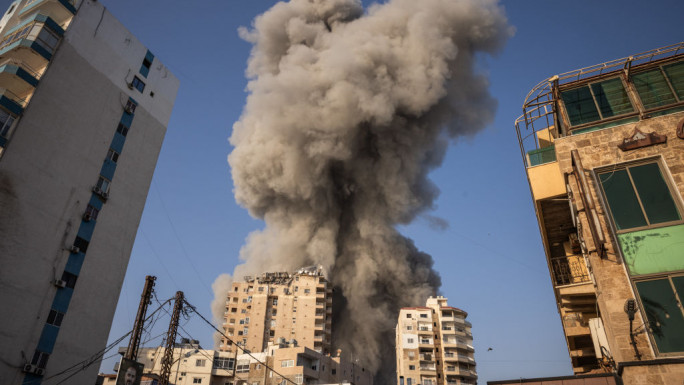
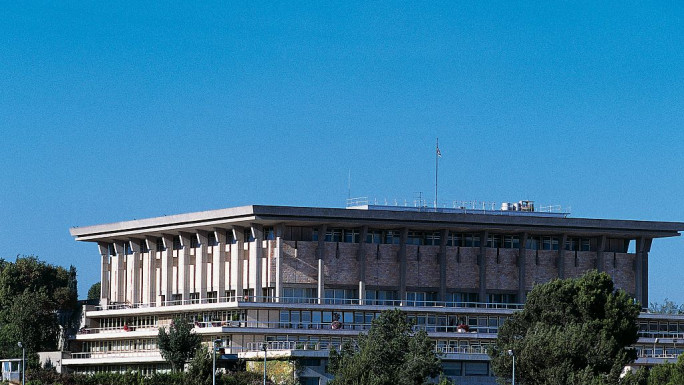
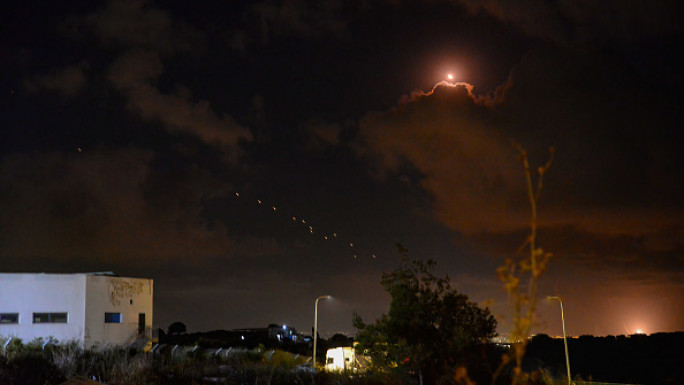
 Follow the Middle East's top stories in English at The New Arab on Google News
Follow the Middle East's top stories in English at The New Arab on Google News
